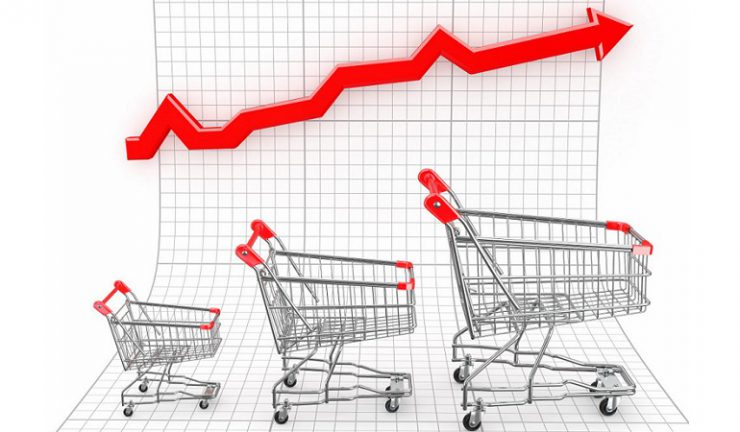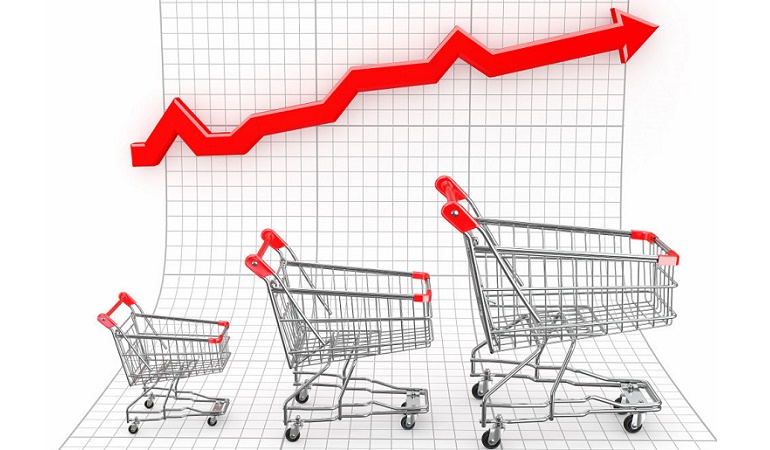Hits a one-year high.
Consumer sentiment lifted in October, as concerns about rising interest rates eased. The latest Westpac Melbourne Institute Index of Consumer Sentiment rose 3.6% this month to 101.4 points from 97.9 points in September. And for the first time since November last year, optimists outnumbered pessimists.
Westpac chief economist Bill Evans said an improving global economy, easing concerns about rising interest rates and improvements in the labour market contributed to this lift in confidence.
The strongest gains in the labour market was amongst tradies or paraprofessionals, typically in the health and education sectors, up 22% in the month, with Evans suggesting the continued strength in residential building was a positive factor.
Consumers were also feeling more optimistic about making major household purchases although the index remains well below its long run average. “The sluggish spending evident throughout most of 2017 is likely to extend into year-end,” Evans said.

However, consumers remain downbeat about housing with the time to buy dwelling index dipping 0.2% and confidence is still not particularly strong, with views on family finances a weak spot.
Consumer expectations for house prices also softened in the month. While the index still shows positive price expectations nationally, state breakdowns varied with an 8% decline in New South Wales, its lowest level since June last year. This was partially offset by stronger price expectations in Queensland and Western Australia. “Evidence that house price expectations in the over- heated Sydney market are cooling is likely to be encouraging for policymakers,” he said.
According to Evans, the key to the interest rate outlook is on the consumer and the housing market. “Respondents remain concerned about their own finances despite an expectation that the economy overall will improve. As we saw in the data for retail sales in August, consumer assessments of family finances, which have been downbeat for some time, are likely to be a more reliable indicator of actual spending than their views on the general economic outlook,” he said.

